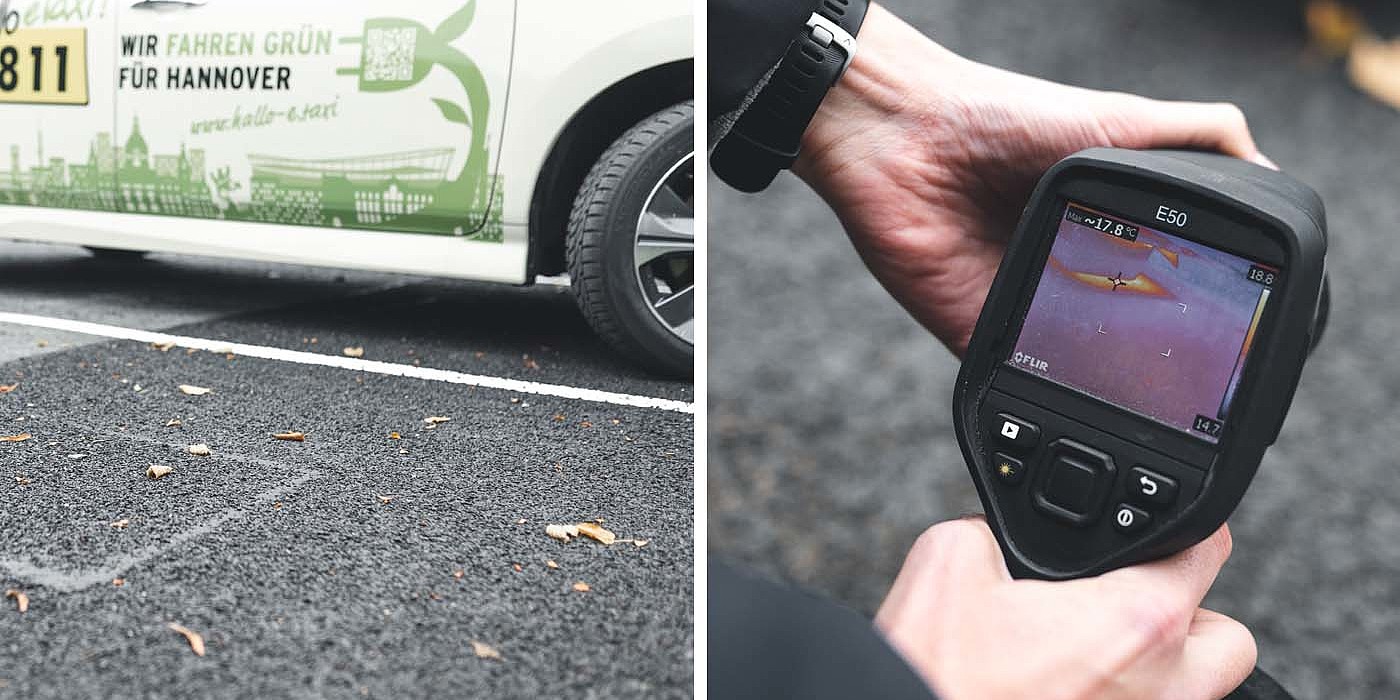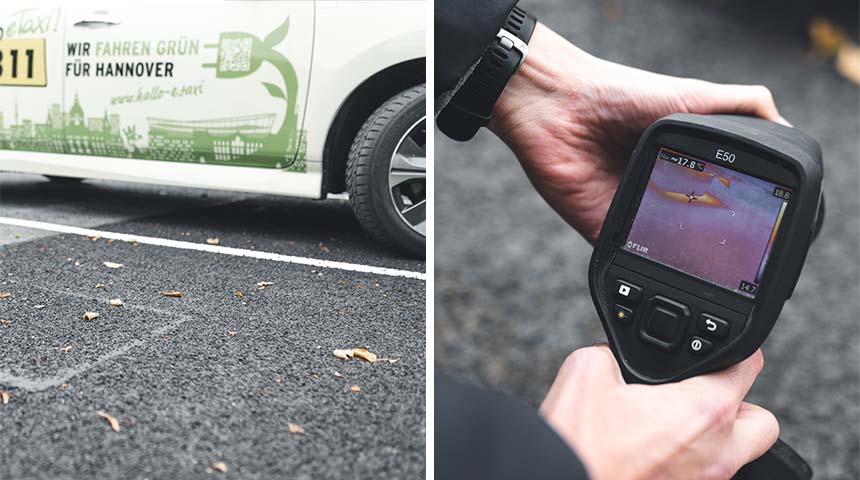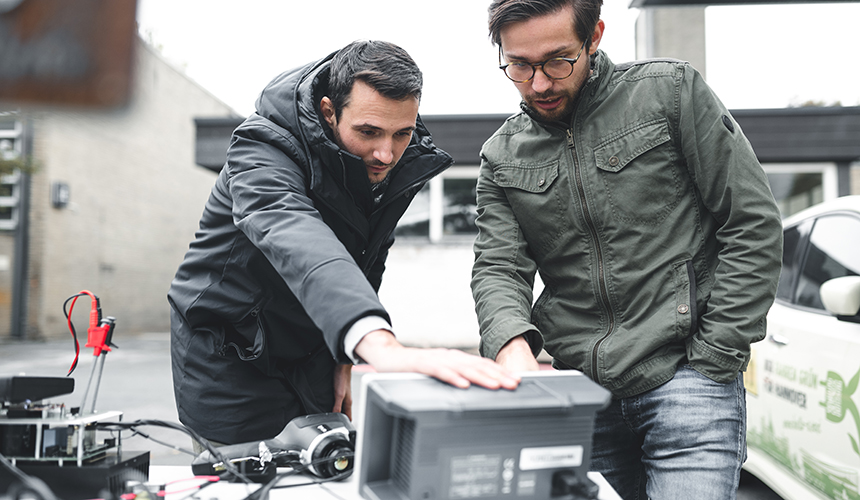

The discussion about current challenges of eMobility is changing. The focal point is no longer the limited supply of vehicles or the excessive price of an eCar, but the uneven distribution of the public charging infrastructure and the fact that suitable charging facilities are not yet available throughout Germany. This is also confirmed by the report in the "National Platform Future of Mobility"[1]. New, innovative charging methods can help to bridge the distance between charging stations and also make things more convenient for drivers of electric vehicles.
Within the context of the "Lane Charge" research project, EDAG, engineering service provider to the mobility industry, has developed and applied for a patent on a process for the inductive charging of electric cars. This technology is particularly attractive for municipalities and infrastructure operators, as it revolutionizes the provision of a low-cost, robust and interoperable charging infrastructure.
As a result of the EDAG innovation, it will be possible for eCars to be charged without human intervention in the future: when parked, waiting at traffic lights, at home in the garage – wirelessly, at recurring short intervals, and using the same technology in both the public and private spheres.. Dr.-Ing. Jan Leilich, Head of Innovations at EDAG, underlines the advantages of the process: "Unlike previous attempts to find solutions, the charging intelligence is no longer in the road, but in the vehicle. This means the technology embedded in the road is simpler and robuster than it was in the past. This makes installation in the road surface less expensive, and makes it easier for municipalities, energy providers and road operators to rapidly expand the inductive charging infrastructure." EDAG has applied for a patent for this new process.
Along with EDAG, the Hannover University of Applied Sciences, the Technical University of Braunschweig and SUMIDA Components & Modules are working on the development and implementation of the concept for an overall charging system for eTaxis. In the last few weeks, joint tests have been carried out at the test site at Hannover University to try out the integration into the road of four differently designed transmitter coils produced by project partner SUMIDA. The results of the test series are promising: with standard, tried and tested mastic asphalt technology, the various transmitter coils were installed in the road without damage.
In the next step, the controller was tested under realistic conditions, with transmitter coils installed in the road surface. In addition, the simultaneous power transmission by two transmitter coils with shared power electronics in the roadside also needed to be investigated. It was found that the primary side was not affected by the difference in power requirements even when the load was changed, and that the two secondary systems did not interact. The advantage of the innovative system, which had previously been predicted by means of simulation, was in this way demonstrated in practice.
Further hardware improvements and laboratory tests are currently being carried out, in preparation for the next test phase. In addition, the interfaces to the hardware of project partner Hannover University are being defined and implemented. Following this, the housings for the on-board power electronics will be produced and the electromagnetic compatibility measurements carried out using these. The project target for 2022 is to ensure that the technology works correctly under realistic conditions on the test field, so that it can then be demonstrated to the public at the cab stand outside the train station in Hannover.
The "LaneCharge" research project is being funded to the tune of € 2.77 million within the scope of the Electromobility Funding Directive of the Federal Ministry of Transport and Digital Infrastructure (BMDV). The directive is being coordinated by NOW GmbH, and implemented by project sponsor Jülich (PtJ).

